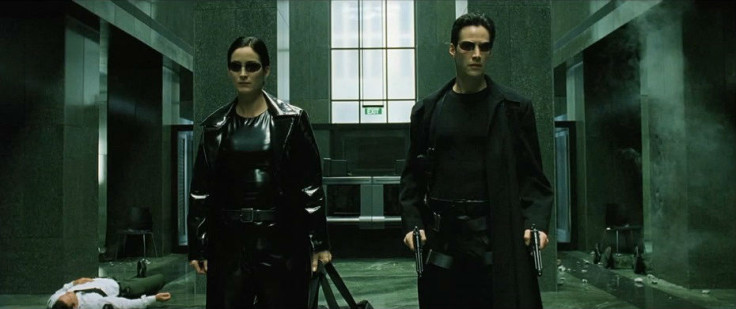Six reasons why The Matrix was so groundbreaking it shouldn't be remade
The Wachowskis' 1999 sci-fi cult classic was one of a kind.

A remake of the cult sci-fi film The Matrix is reportedly in the works.
Nearly two decades after the original hit the big screen, the Hollywood Reporter has said Warner Bros is working on an updated version. Zak Penn, screenwriter and creator of sci-fi series Alphas, is said to be in talks to write the reboot.
The first Matrix film was created by the Wachowskis and released in 1999, featuring Keanu Reeves as Neo, a computer programmer who finds out he – and the human race – has been trapped inside a computer simulation led by machines. The film trilogy follows the story of Neo and his colleagues, Laurence Fishburne as Morpheus and Carrie-Anne Moss as Trinity, as they lead the rebellion against the robots.
The first film, which grossed more than $460m (£377m) worldwide, quickly became a cult hit in the cyberpunk science fiction genre. Hugely influential, it revolutionised the way we make films – particularly with its use of the "bullet time" technique.
Here are just a few ways the film was one of a kind.
It differentiates between the Matrix and the real world using colour
Every scene in the film was intricately – and meticulously – put together. A green tint is given to scenes that take place within the Matrix, a computer-simulated reality, and scenes shot in the real world have a blue tint. Colours play a big part in the film, most notably, when Neo chooses between artificial life and reality in the red/blue pill scene.
The Wachowskis worked on their vision for years
Lana and Lilly Wachowski originally conceived the storyline for The Matrix as a comic, having both written for Marvel. It took the siblings five and a half years to put the film together, which included plotting it out onto 500 storyboards.
Reeves climbed out the window without a stuntman
The actors went to great lengths. In an attempt to escape being apprehended by the Agents, led by Agent Smith, Neo climbs out of the window of his high-rise office – dropping his "burner" phone in the process. Instead of using a stuntman for the scene, Reeves actually climbed out of the window himself.
The actors had to do their homework
It was compulsory for the main actors to read Jean Baudrillard's Simulacra and Simulation, which explores the relationship between reality, society and signs and symbols. The text appears in the film itself – Neo hides his illegal computer files inside a copy.
The 'Matrix Defence' is an actual legal term
The film's influence spanned beyond fans. Following the release of the films, the Matrix began to pop up in courtrooms in the US. In 2003, the defence attorney of a man from Virginia charged with murdering his parents claimed he "harboured a bone fide belief that he was living in the virtual reality of The Matrix", as reported by CNN at the time.
The Bullet Time sequence
The techniques used in the film were innovative and influential. The Matrix is famous for the Bullet Time sequence, a visual, slow-motion effect. By mid-2002, the sequence had been parodied in more than 20 films. This wasn't actually the first example of Bullet Time, however – it was used in the 1981 action film Kill and Kill Again.
(Gifs via GIPHY)
© Copyright IBTimes 2025. All rights reserved.






















